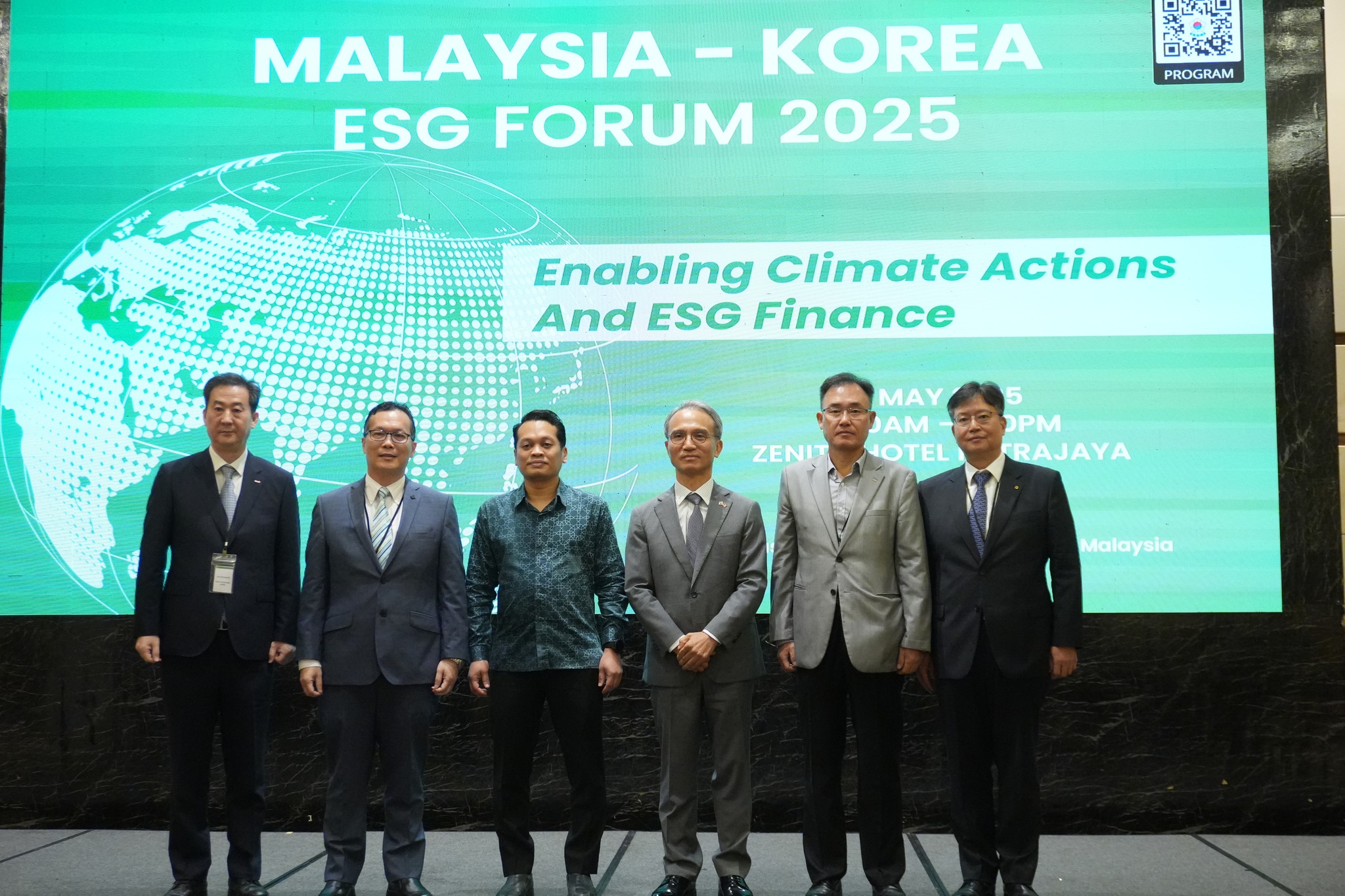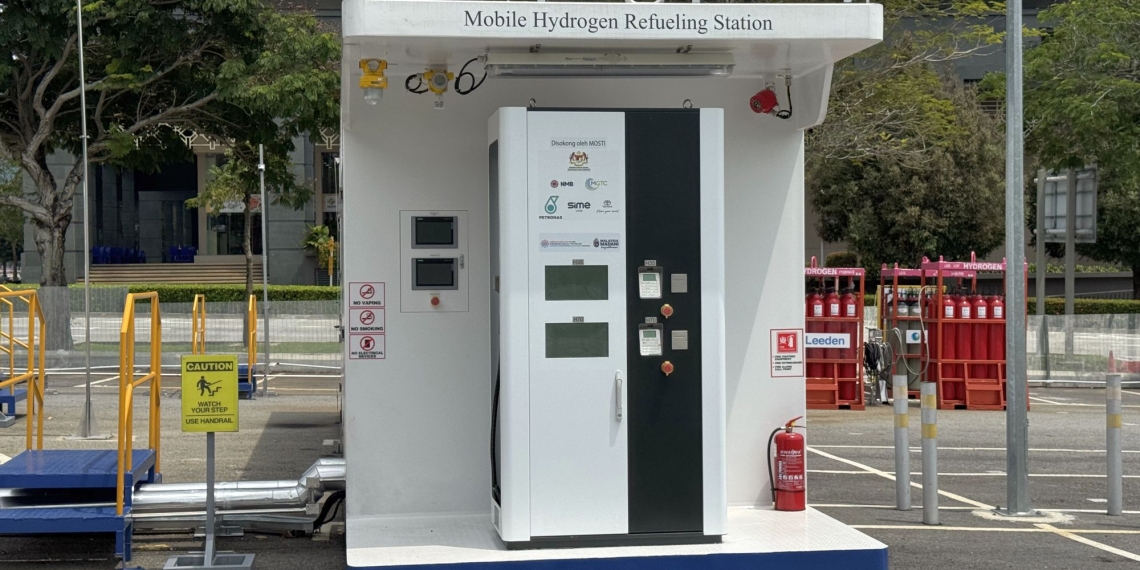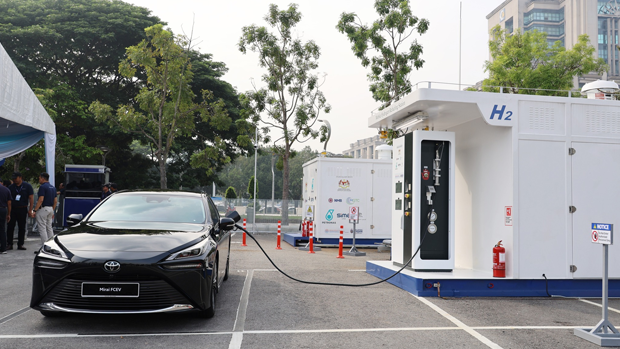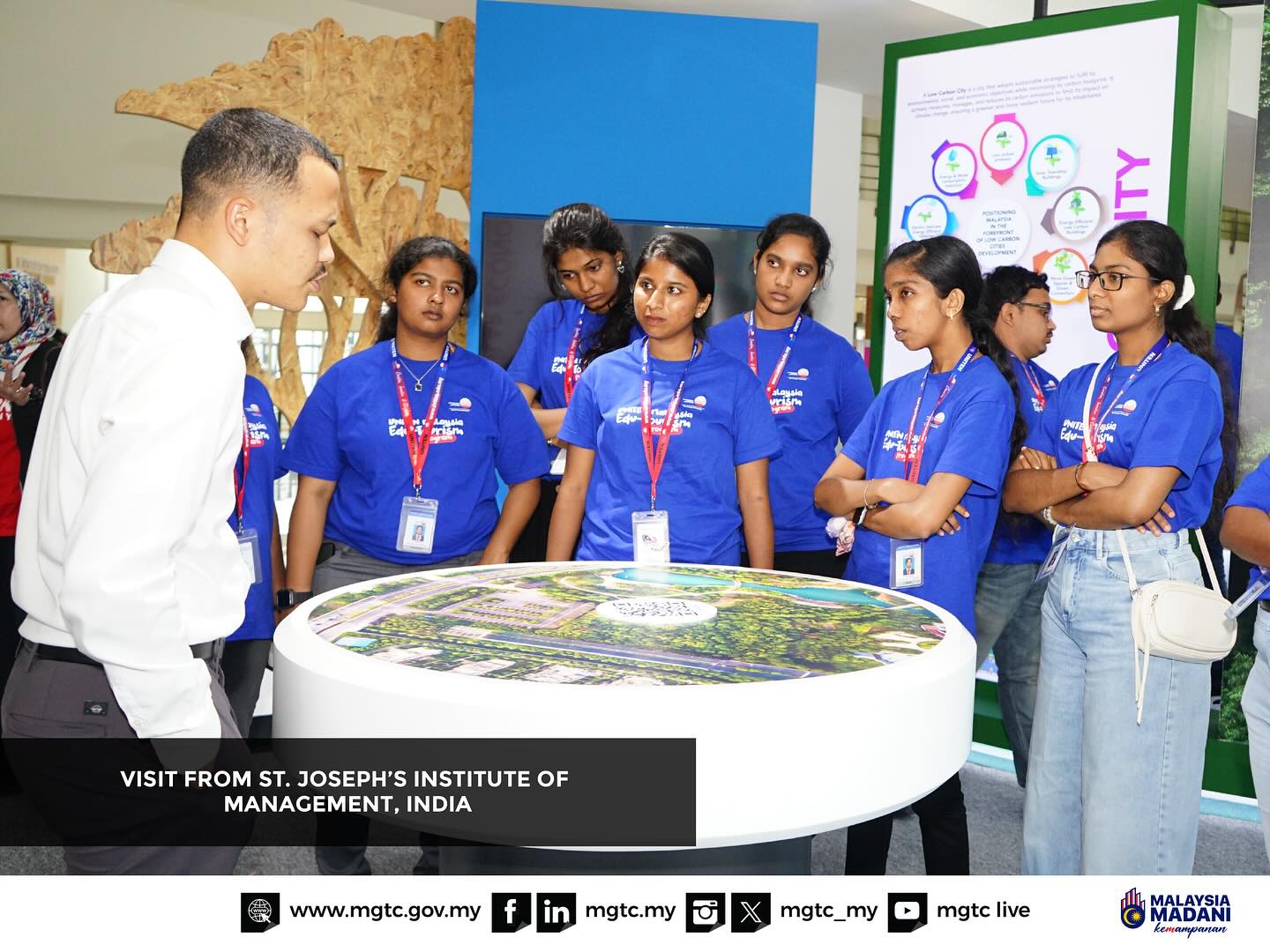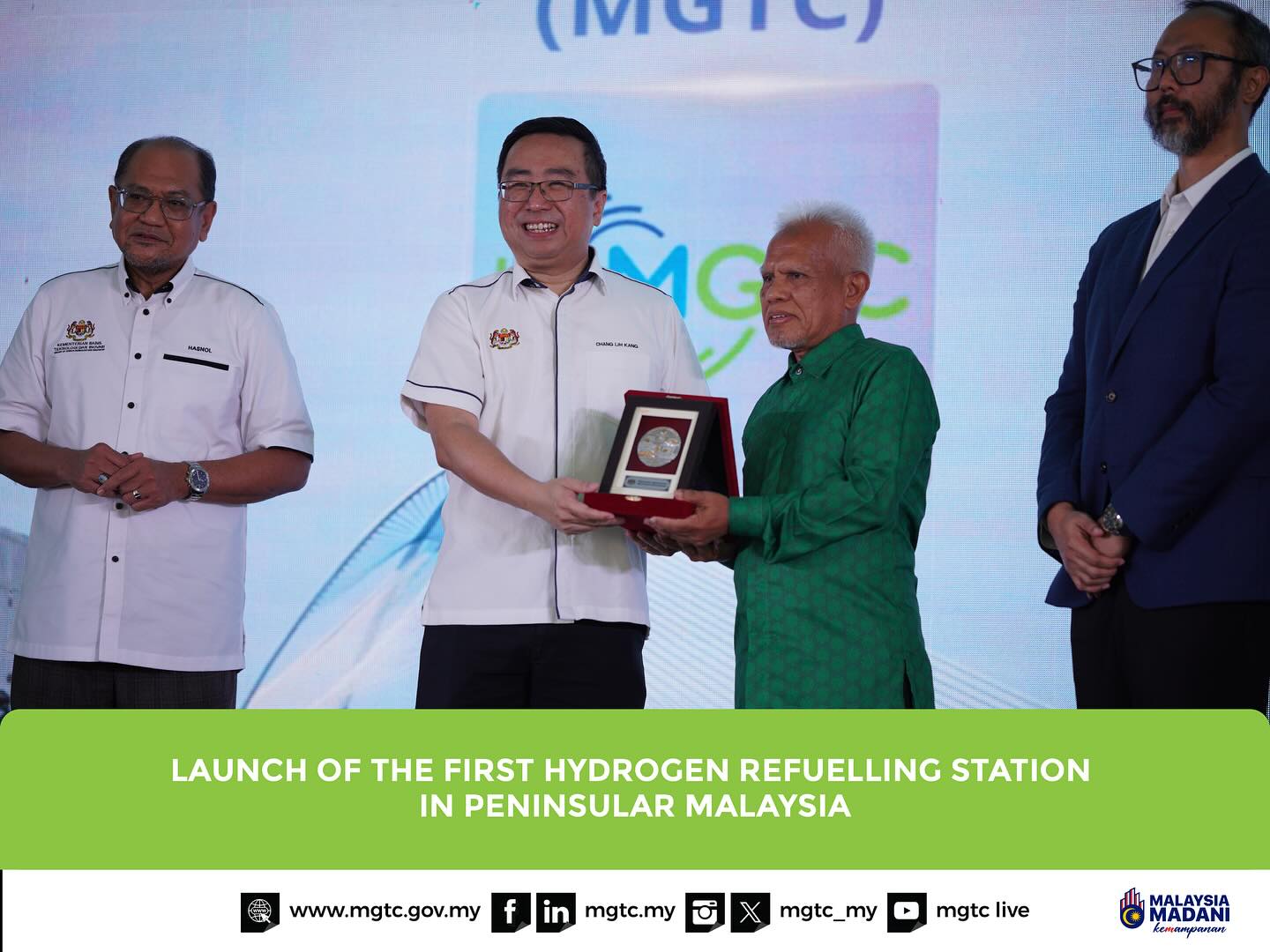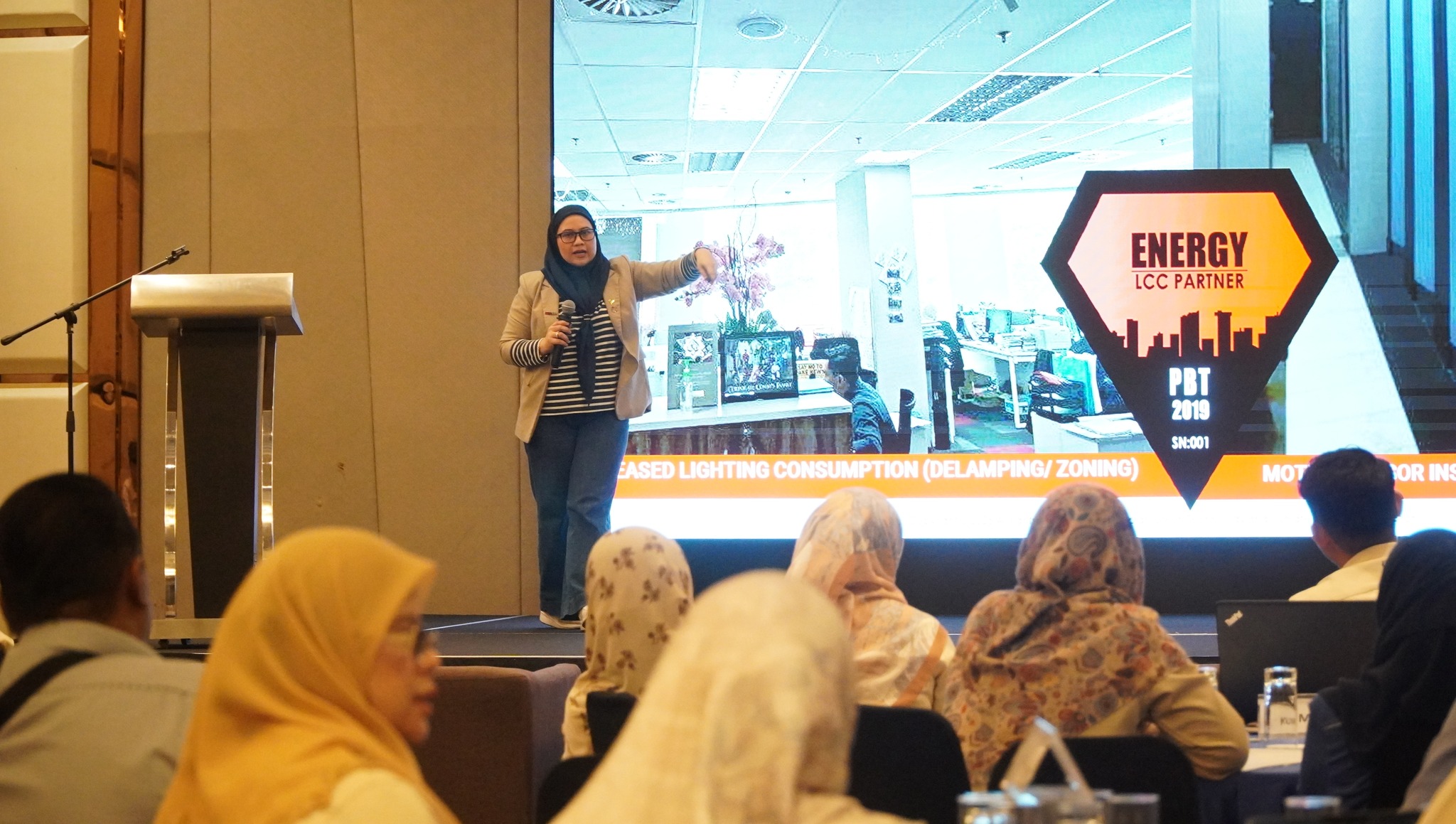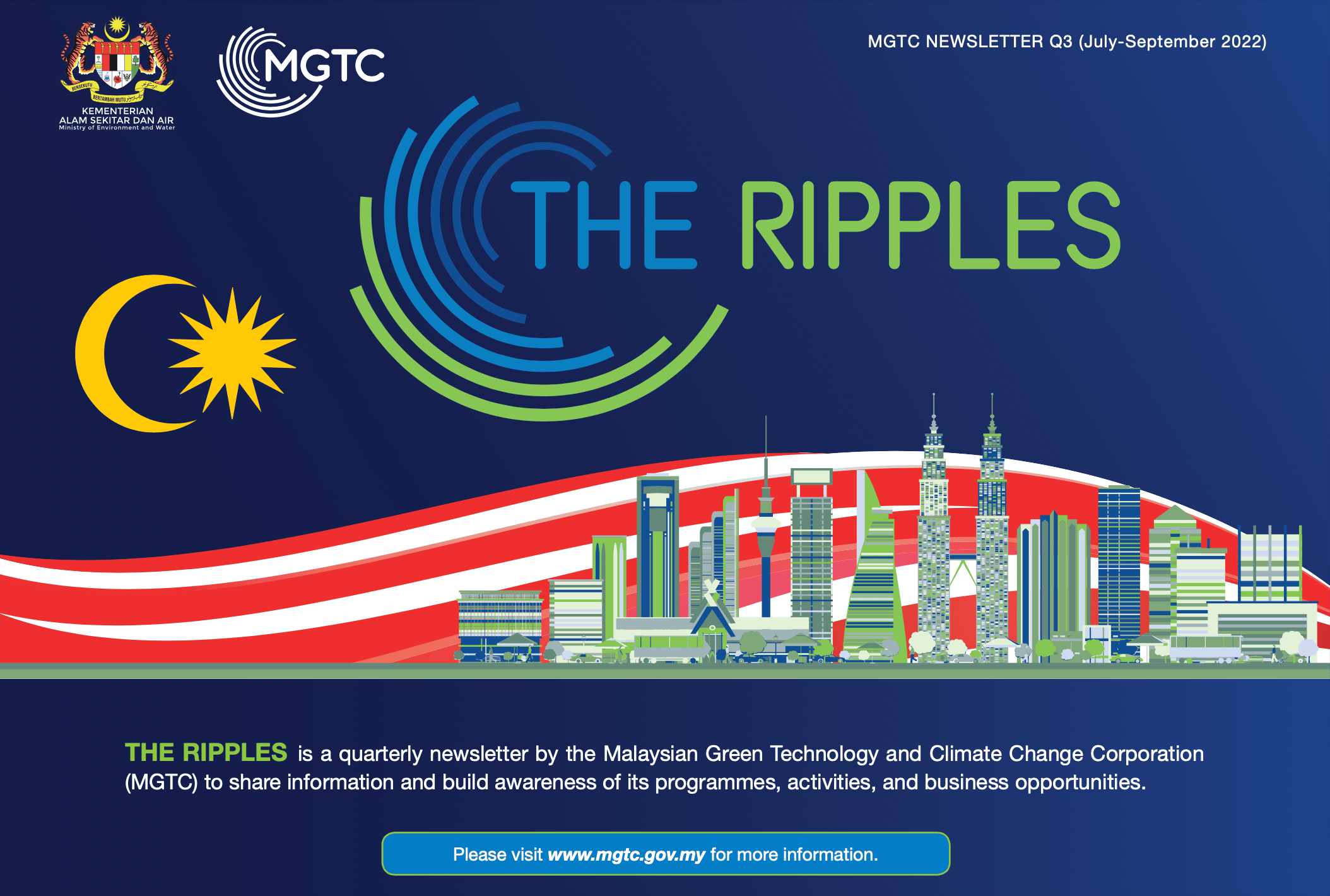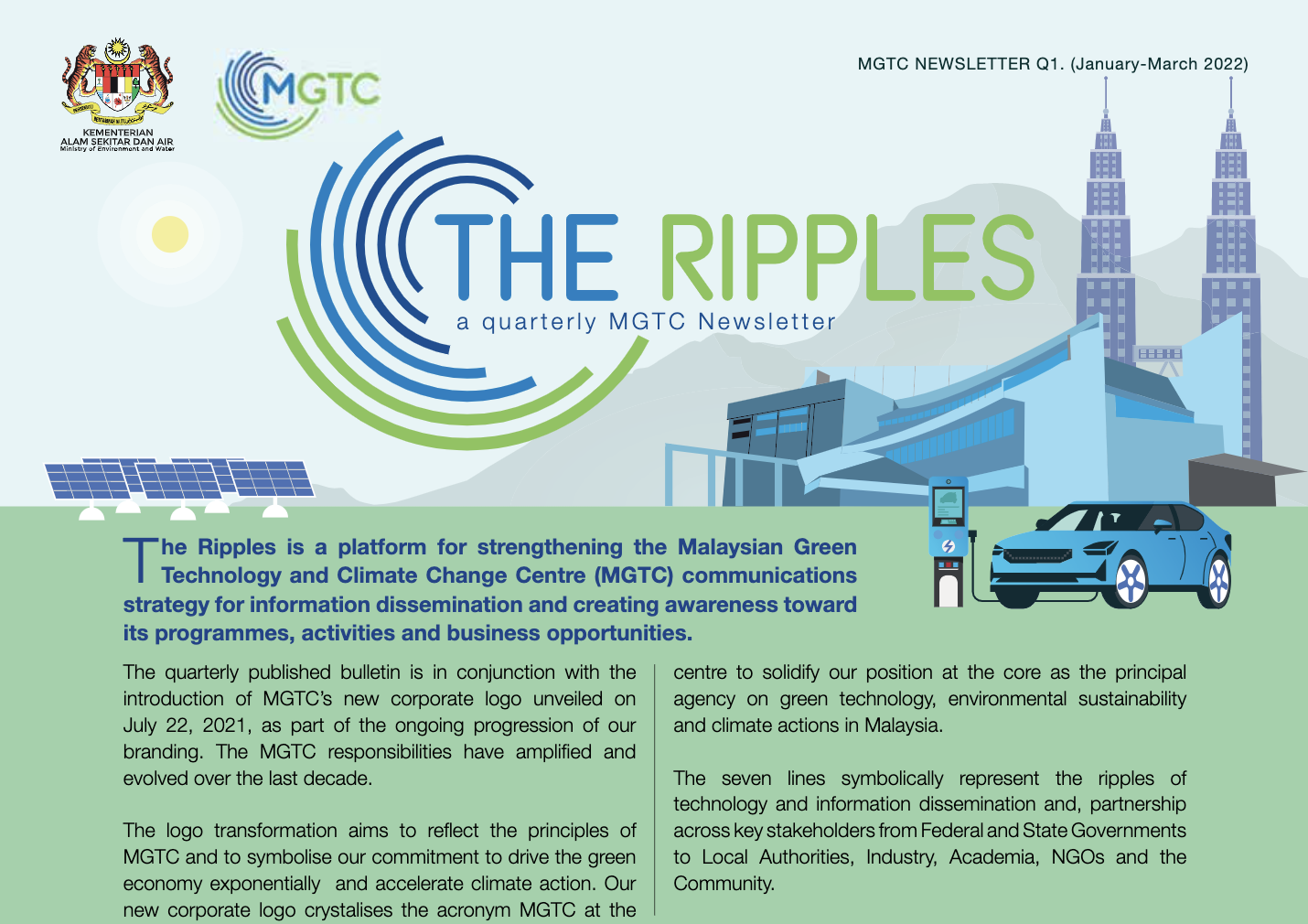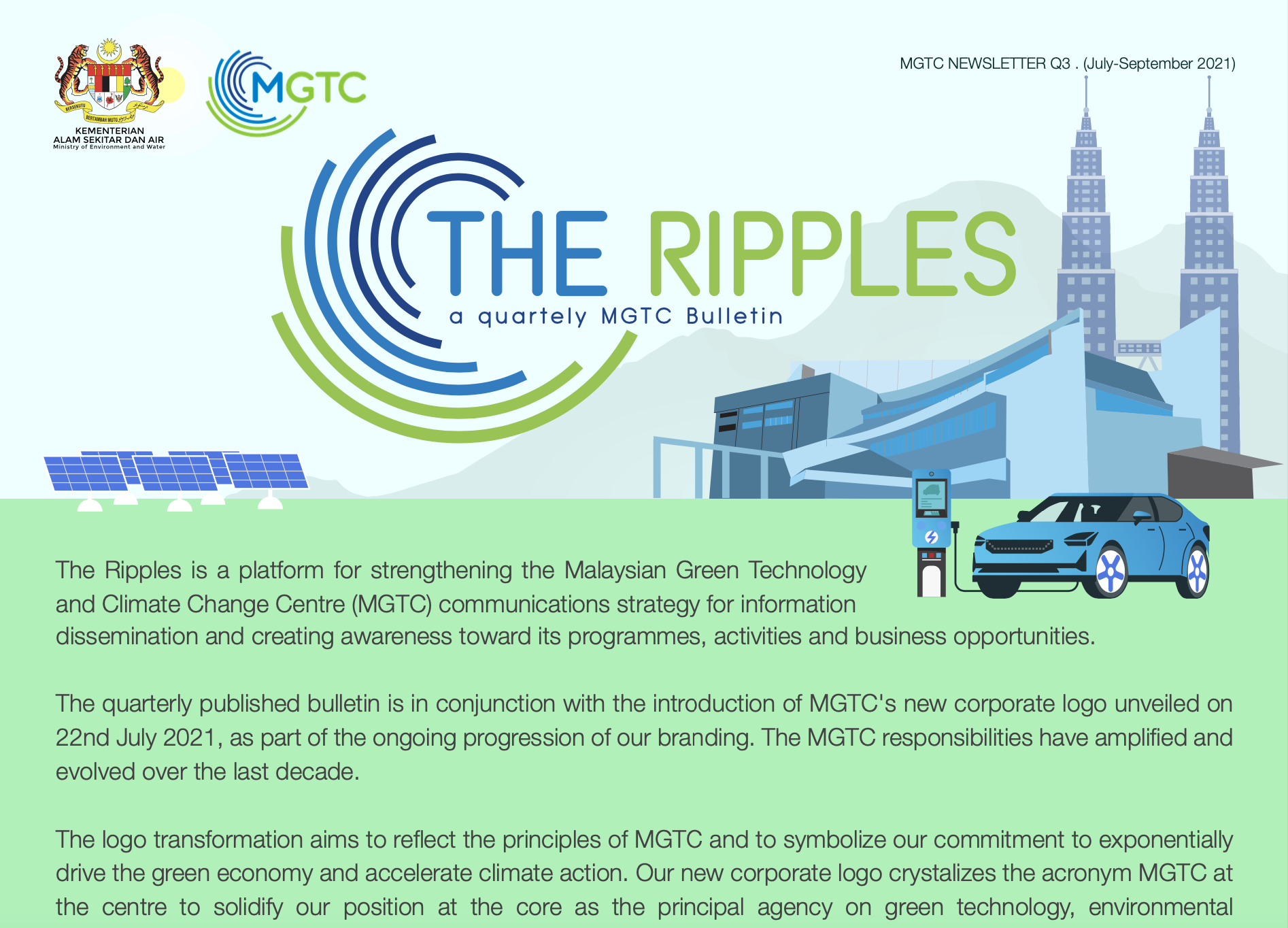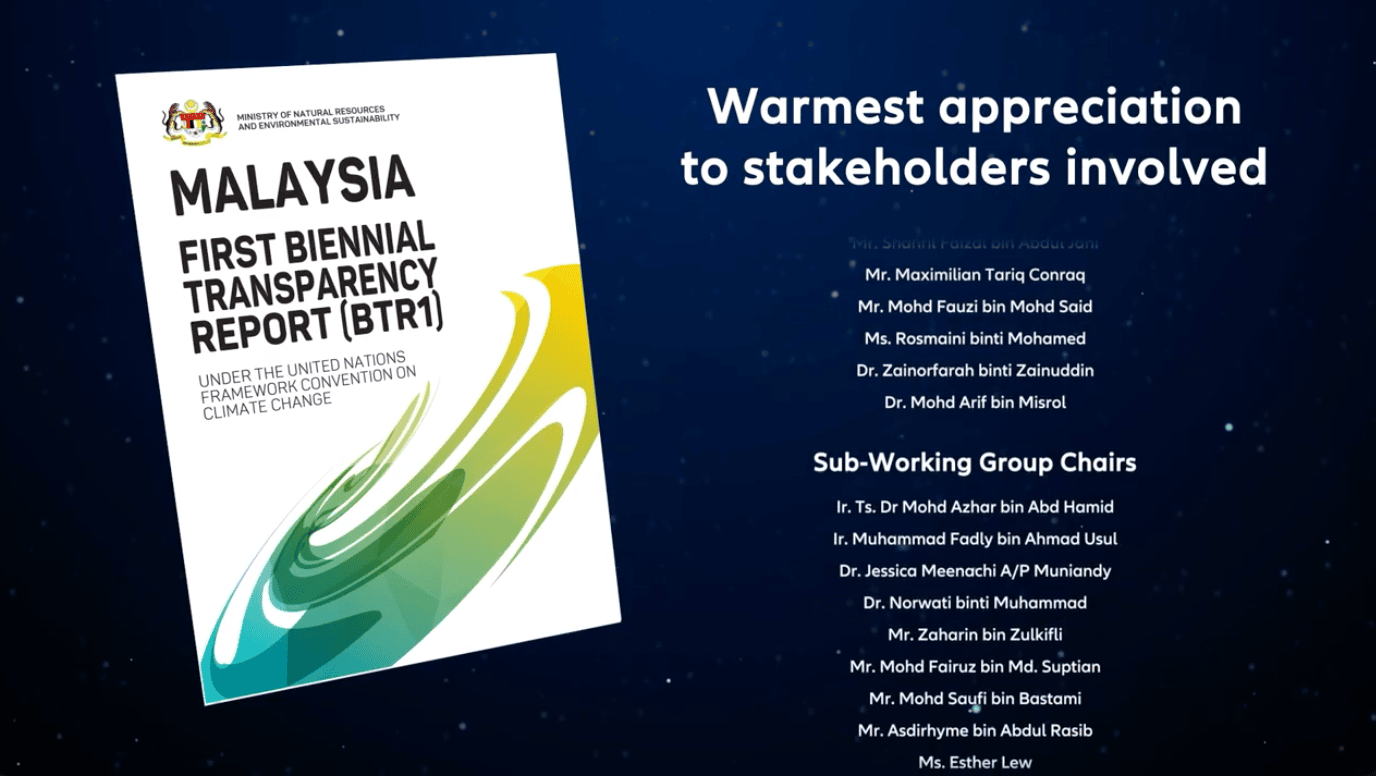I WATCHED with enthusiasm the inaugural Joint Committee on Climate Change Flagship Conference convened by Bank Negara Malaysia and the Securities Commission Malaysia. It means a lot to me personally as a sustainability professional working in Australia to learn that the principles of sustainability are increasingly embedded into mainstream financial decision-making. Socio-environmental consciousness is now moving from the realm of advocacy to pragmatic economics globally.
A common theme raised throughout the conference was financial risks arising from climate change. For lending institutions, transition and physical risks are real; what does continued funding to a coal plant mean to your portfolio? For borrowers, will your access to capital shrink as banks increasingly scrutinise your carbon footprint?
We need to address the elephant in the room, i.e. climate change, which requires understanding how much greenhouse gas any one organisation is emitting.
A uniform financial accounting system has helped accelerate commercial growth in the past century. If not for the maturity of professional accounting standards, apple-to-apple comparison of financial performances would not be possible. It is not perfect, but the absence of a uniformed method of measure would have invited more imperfect and perhaps fraudulent practices.
Companies around the world have set bold climate commitments, such as carbon neutral and net zero emission goals. Financial institutions that adopt the Task Force on Climate-related Financial Disclosures (TCFD) consider governance mechanisms, climate impact risks and targets when assessing lending decisions.
Furthermore, financial products such as sustainability-linked loans or green bonds rely on the monitoring of climate or environmental performance over a certain period of time. How much greenhouse gas is emitted by a particular power plant in a year? How do we determine that its performance has improved since investing in a new technology? How can we monitor the emissions reduction of an entire companies’ operations up to 2030 from the baseline in 2021?
The same can be asked in the manufacturing of gloves, the running of light rail transport, and the growing of oil palm from seed to yield.
With more banks, insurers and regulators charting the way, the importance of robust and verified emissions data is paramount. Accountability will only be established when we understand what the carbon footprint of individual organisations is. If we want to be serious about translating climate ambitions to pragmatic actions, we have to establish a method to measure carbon emissions to allow comparison over time, between sectors and between companies.
The National Greenhouse and Energy Reporting (NGER) scheme established by the Australian Government in 2007 is a single national framework for company information about greenhouse gas emissions, energy production and energy consumption. At its core, the framework mandates companies that emit a certain threshold to measure and report their emissions. This is grounded by science as technical experts provide “emissions factors” that are rigorously calculated and verified. Companies can readily apply these factors on their consumption to calculate their carbon emissions (think electricity consumed multiplied by emissions factor of electricity).
More importantly, this provides a uniform and auditable method of measuring carbon emissions. These emission factors are updated annually on the basis of consultation with public and industry stakeholders.
For companies, it may be as simple as collecting invoices of electricity bills or petrol receipts to gather consumption data. Companies can then calculate their emissions level by applying these publicly available factors to their consumption.
It does, however, get a little more complex with more technical operations, such as measuring fugitive gas emissions. The good news is that the Malaysian Green Technology and Climate Change Centre (MGTC) in 2017 and the first update report by Malaysia to the UNFCCC in 2015 have built the foundations of these emission factors.
This may be exactly what Malaysian companies need if industries, or at least the financial sector, want to leap forward in curbing carbon emissions. Companies will be able to understand their carbon footprint while bankers and insurers will be able to measure their exposure risk in a quantitative manner. This can also drive healthy competition and allow companies to compare notes.
While some heavy-emitting sectors like oil and gas are inherent in the Malaysian economy, market signs are clear for companies not to circumvent these risks but to embrace them and tap into opportunities that generate positive outcomes. The idea of a public emissions repository is not to penalise economic sectors that are carbon-intensive but to help the Malaysian economy understand how much greenhouse gas it is emitting, what our efforts to decarbonise look like, and essentially help the nation overcome the carbon problem in a constructive and meaningful way.
To draw a parallel, the top three emitters in Australia are AGL Energy, EnergyAustralia and Stanwell Corporation. One can imagine that the top emitters in Malaysia would include Tenaga Nasional Berhad (TNB) and Petronas.
There may undoubtedly be some inertia as upfront costs will be involved in the form of time and money to measure and report carbon emissions. However, such emissions data will generate tremendous value over the next decade as it will inform business strategy and policy development in line with internal and external demands for a low-carbon economy.
During the conference, Finance Minister Tengku Datuk Seri Zafrul Tengku Abdul Aziz as the keynote speaker raised the need for a whole-of-nation approach to curb climate change. The key to enabling this approach is transparency and free flow of information.
Any realistic action to deal with greenhouse gas emissions in Malaysia, including managing an impending carbon import tariff, will have to wait until we get the fundamentals right. Establishing a framework for companies to measure their emissions is the vital first step.
LAM KA-JHUN
Senior Analyst, Sustainability & Climate Change Advisory
Deloitte AustraliaJoin our Telegram channel to get our Evening Alerts and breaking news highlights
Source : The Star






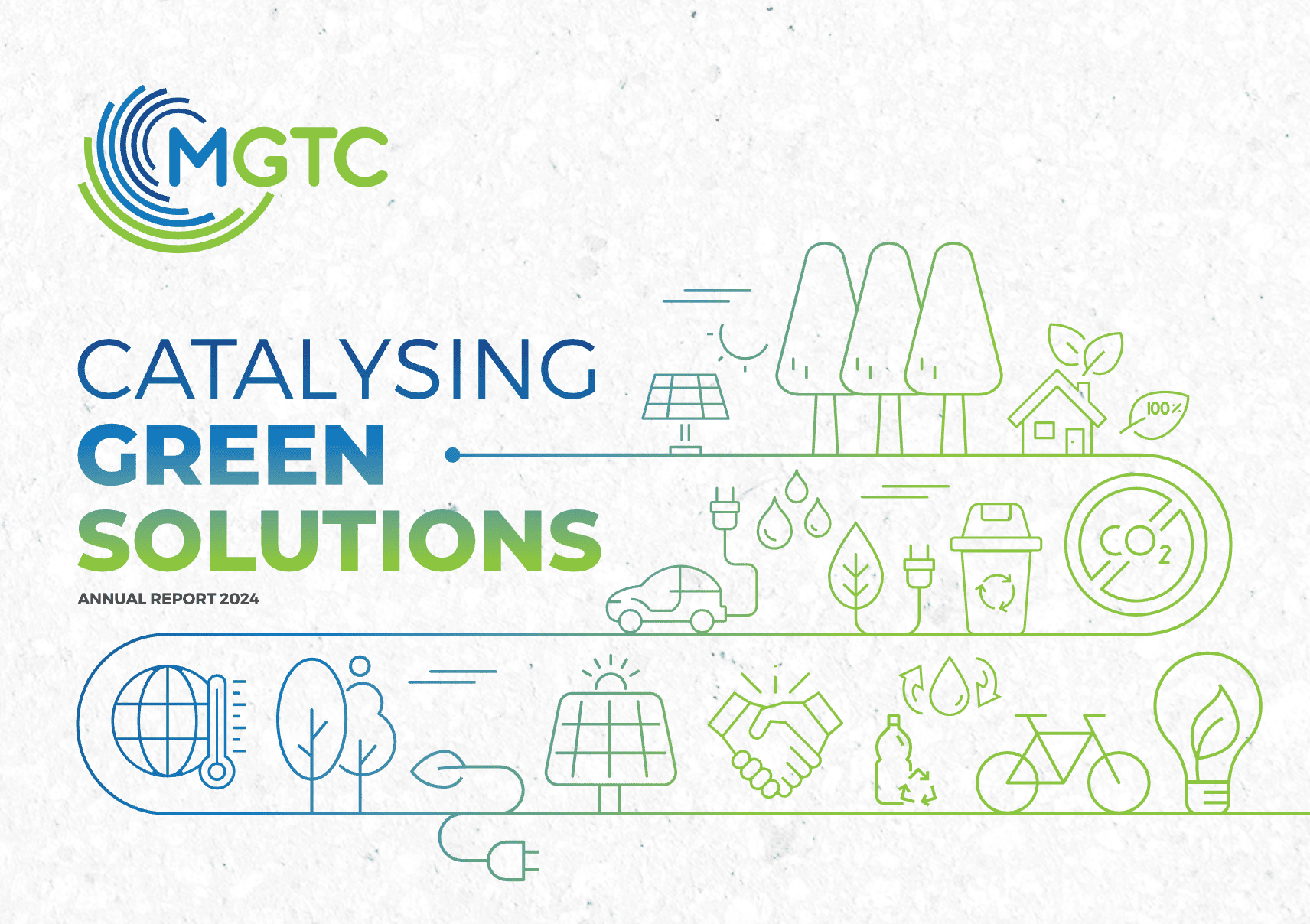
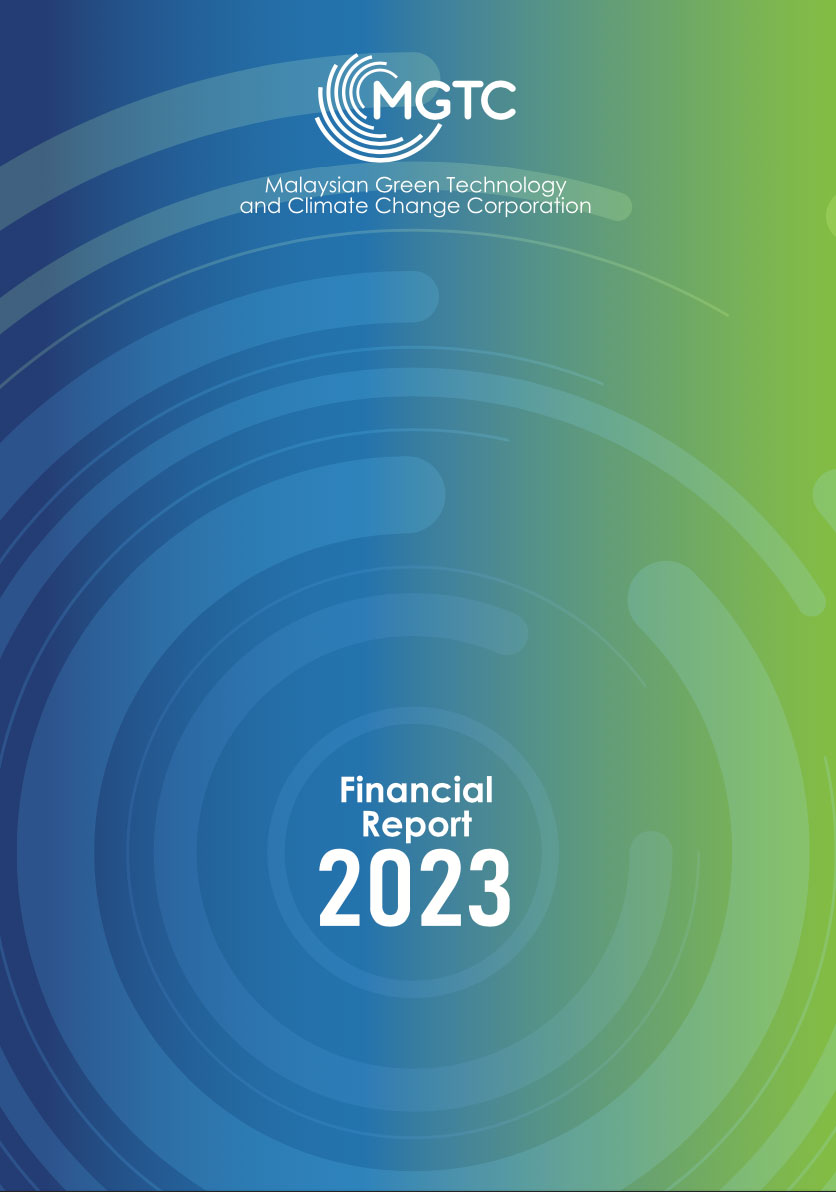
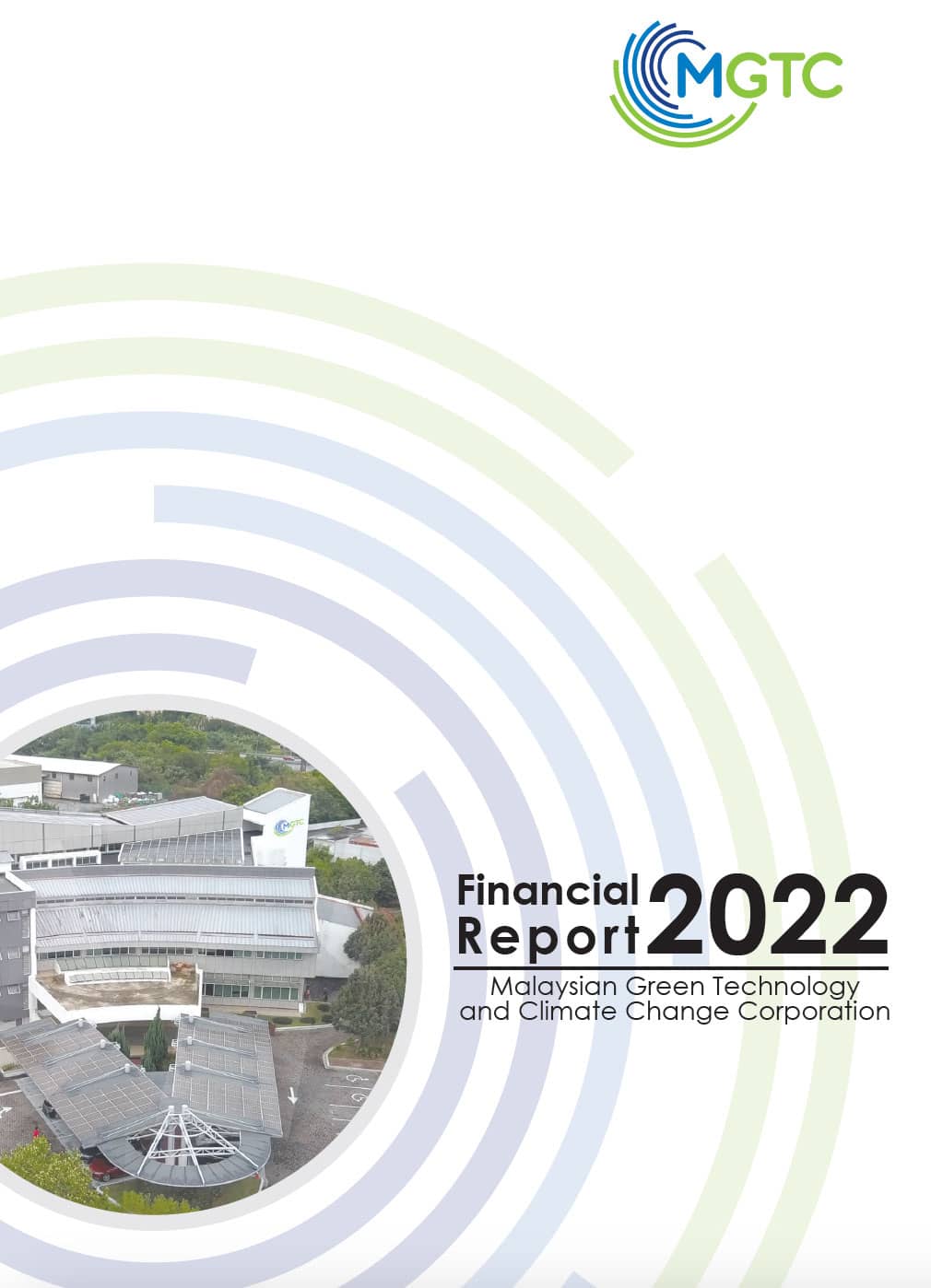

![The person in charge of ESG management at the Korea Environment Corporation is presenting the ESG management promotion system and performance of the corporation. [Photo = Korea Environment Corporation]](https://www.mgtc.gov.my/storage/2025/05/Screenshot-2025-05-26-at-12.44.41 PM.png)
